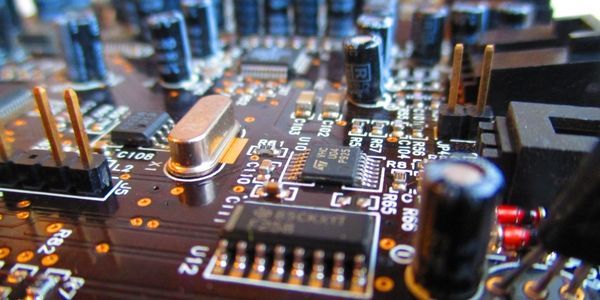下载PDF
Let There Be Light: A Brighter Future for Oleds
技术
- 分析与建模 - 预测分析
- 分析与建模 - 实时分析
- 应用基础设施与中间件 - 数据可视化
适用行业
- 电子产品
- 汽车
适用功能
- 产品研发
- 质量保证
用例
- 预测性维护
- 能源管理系统
服务
- 软件设计与工程服务
- 系统集成
挑战
OLEDs, despite their advantages, suffer from significant light loss and energy inefficiency. Researchers at Konica Minolta are working to address these issues by understanding and mitigating the complex plasmon coupling phenomenon, which accounts for 40% of the light lost in OLEDs. This phenomenon involves the interaction of light with surface plasmons at the interface between the cathode and the organic material, leading to energy dissipation as heat. The challenge is to find ways to reduce these losses and improve the overall efficiency and brightness of OLEDs.
关于客户
Konica Minolta, Inc. is a global leader in the development of cutting-edge devices for imaging and optics, including OLEDs. The company collaborates with leading universities in Japan to advance its research and development efforts. The Konica Minolta Laboratory USA, located in San Mateo, CA, is a key player in this endeavor, with a team of researchers dedicated to improving OLED designs through numerical simulation and other advanced techniques. The laboratory's work is crucial in addressing the limitations of OLED technology and meeting the growing demand for more efficient and brighter lighting solutions.
解决方案
The team at Konica Minolta Laboratory USA, led by senior researcher Leiming Wang, utilized numerical simulation in COMSOL Multiphysics® software to analyze and address light-loss mechanisms in OLEDs. They focused on the coupling of dipole emission with surface plasmons at the cathode-organic material interface, which leads to significant energy loss. By modeling light emission and surface plasmon polaritons (SPPs), they explored various cathode structures, including a nanograting design, to disrupt the formation of SPPs and reduce energy coupling. The simulations revealed that the optimized nanostructure surface for the cathode could reduce plasmon losses by 50%, significantly improving the efficiency and brightness of OLEDs. The versatility and user-friendliness of COMSOL Multiphysics® allowed the team to perform comprehensive simulations, including postprocessing data and incorporating wavelength-dependent optical properties, to achieve these results.
运营影响
数量效益
相关案例.

Case Study
Remote Temperature Monitoring of Perishable Goods Saves Money
RMONI was facing temperature monitoring challenges in a cold chain business. A cold chain must be established and maintained to ensure goods have been properly refrigerated during every step of the process, making temperature monitoring a critical business function. Manual registration practice can be very costly, labor intensive and prone to mistakes.

Case Study
Integral Plant Maintenance
Mercedes-Benz and his partner GAZ chose Siemens to be its maintenance partner at a new engine plant in Yaroslavl, Russia. The new plant offers a capacity to manufacture diesel engines for the Russian market, for locally produced Sprinter Classic. In addition to engines for the local market, the Yaroslavl plant will also produce spare parts. Mercedes-Benz Russia and his partner needed a service partner in order to ensure the operation of these lines in a maintenance partnership arrangement. The challenges included coordinating the entire maintenance management operation, in particular inspections, corrective and predictive maintenance activities, and the optimizing spare parts management. Siemens developed a customized maintenance solution that includes all electronic and mechanical maintenance activities (Integral Plant Maintenance).









